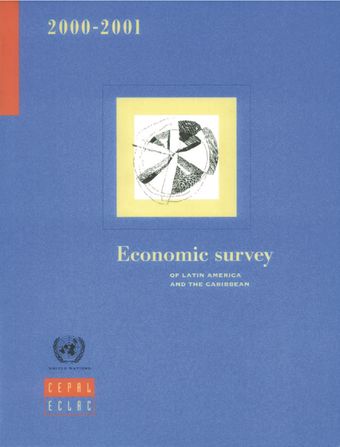Peru

- Author: Economic Commission for Latin America and the Caribbean
- Main Title: Economic Survey of Latin America and the Caribbean 2000-2001 , pp 235-242
- Publication Date: October 2001
- DOI: https://doi.org/10.18356/006c58c9-en
- Language: English
GDP grew by 3.1% in 2000. This rate, less than the average for the decade (3.8%), is modest in comparison with the hopes for a significant recovery that existed at the end of the previous year. In fact, it is disturbing in that it conceals a slowdown. After growing by an annualized average of 5.2% for nine consecutive months, GDP began to lose its momentum in the third quarter of 2000, and a recession began in the fourth quarter. A variety of factors explain this development. Private demand did not pick up, due to political uncertainties, and the supply factors that had been shoring up the primary sectors ran out of steam. Fiscal policy, which played a stabilizing role in 1999 and the early months of 2000, became more austere, as evidenced by the spending cuts instituted in the third quarter for the purpose of containing a persistent fiscal deficit amounting to 3% of GDP. This situation did not affect the achievements of the stabilization policy, however; the current-account deficit was reduced to 3% of GDP, and inflation was held below 4%, in a context of relative exchange-rate stability. Nonetheless, growth was insufficient to improve the labour situation by much.
-
From This Site
/content/books/9789211558661s003-c017dcterms_title,dcterms_subject,pub_keyword-contentType:Journal -contentType:Contributor -contentType:Concept -contentType:Institution105



